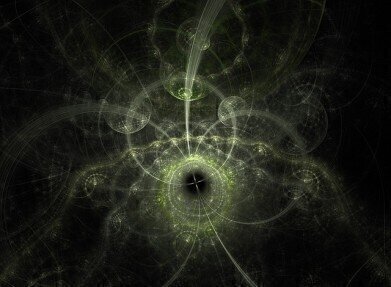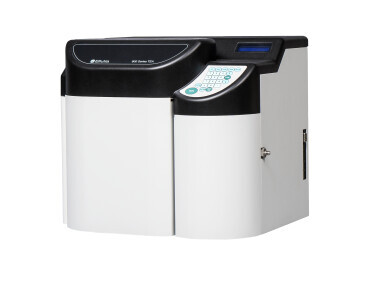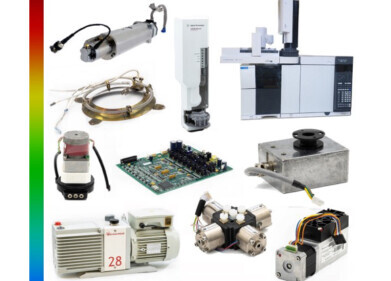Chromatography
Science in the 2010s: Physics
Jan 01 2020
The 2010s have been an incredibly exciting decade for science, with the physics sphere pioneering some tremendous breakthroughs. With the decade now drawing to a close, it's time to look back and gain perspective on how far physics has come in the past 10 years.
Discovery of the Higgs boson
In 2013 François Englert and Peter Higgs were awarded the Nobel Prize in Physics "for the theoretical discovery of a mechanism that contributes to our understanding of the origin of mass of subatomic particles, and which recently was confirmed through the discovery of the predicted fundamental particle, by the ATLAS and CMS experiments at CERN's Large Hadron Collider”.
Direct detection of gravitational waves
In September 2016, the US Laser Interferometry Gravitational-Wave Observatory (LIGO) formally announced the successful direct detection of gravitational waves created by a pair of black holes that collided around 1.3 billion years ago. 2017 saw three LIGO scientists honoured with the Novel Prize in Physics for the ground-breaking discovery.
Dark Energy Survey data revealed
2018 saw the release of an initial batch of data from the colossal Dark Energy Survey (DES) project, which exists to detect hidden patterns in the structure of the universe, map hundreds of millions of galaxies and track more than 14 billion years of intergalactic history.
First image of a black hole's event horizon
This year scientists used the powerful Event Horizon Telescope to unlock a behind-the-scenes glimpse of a black hole at the centre of the Messier 87 supergiant elliptical galaxy. “We have seen what we thought was unseeable,” said Sheperd Doeleman, one of the American astrophysicists involved with the project.
Measurement units redefined using Planck’s constant
2019 also saw scientists embrace a new definition of kilogram based on Planck’s constant, a fundamental physics factor. The goal was to base all scientific units on universal constants to ensure accuracy and precision. Definitions for units used to measure electrical current, temperature and particle content were also improved.
Scientists discover ortho and para water
In 2018 researchers at the University of Basel pioneered a quantum physics experiment to prove there are two types of water – ortho and para. The first is made up of hydrogen atoms with quantum spins pointing in the same direction, while the second features spins pointing in opposite directions.
Want to know more about defining scientific breakthroughs of the decade? 'The Separation and Purification of Glutamine Derivatives by C18AQ Reversed Phase' explores the benefits of combining SepaFlashTM C18AQ cartridge with a flash chromatography system SepaBeanTM machine.
Digital Edition
Lab Asia 31.2 April 2024
April 2024
In This Edition Chromatography Articles - Approaches to troubleshooting an SPE method for the analysis of oligonucleotides (pt i) - High-precision liquid flow processes demand full fluidic c...
View all digital editions
Events
Apr 28 2024 Montreal, Quebec, Canada
May 05 2024 Seville, Spain
InformEx Zone at CPhl North America
May 07 2024 Pennsylvania, PA, USA
May 14 2024 Oklahoma City, OK, USA
May 15 2024 Birmingham, UK


















